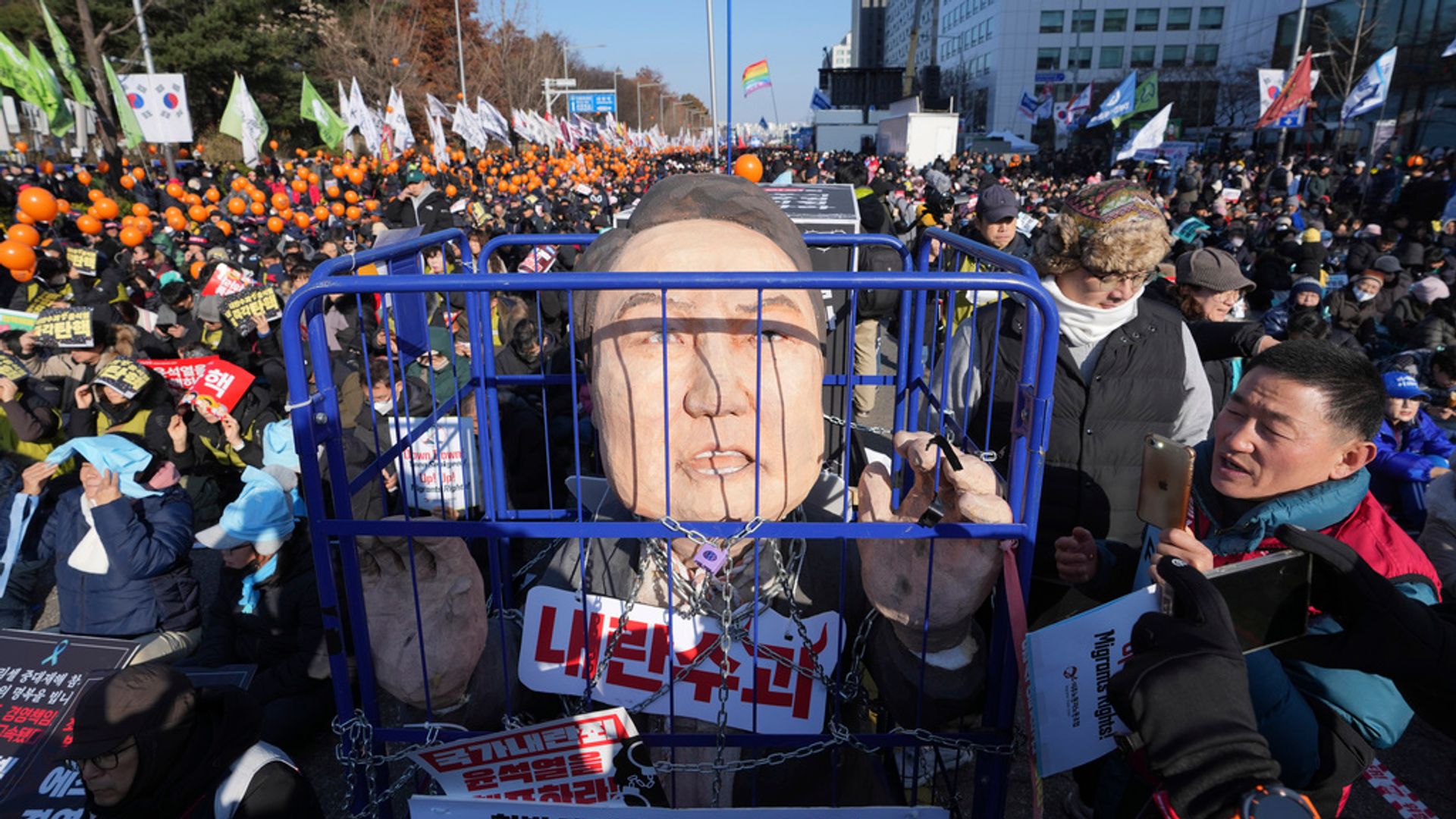
It’s hard to be the bearer of bad news, but here it is: Maine’s beloved, candy-striped lighthouse at West Quoddy Head is not the easternmost point in the United States, as it’s so often called, and that’s been the truth since 1884.
But before preparing the tar and feathers, here’s why that’s true.
Third President Thomas Jefferson commissioned the lighthouse at West Quoddy Head in 1808, well before Maine became a state in 1820. The current tower and house were built in 1858. The light, which originally burned whale oil, was staffed until 1988. That year, the U.S. Coast Guard automated the light. Maine acquired most of the surrounding land in 1962.
Now, the longitude of that area has become a central part of its marketing.
Today a giant granite slab at West Quoddy Head, which sits in the town of Lubec, is inscribed with the proclamation: “Easternmost point in the U.S.A.”
Another nearby sign boasts of the “easternmost gift shop in the U.S.”
And Maine’s official website indicates that, “Quoddy Head State Park encompasses 541 acres at the tip of America’s easternmost peninsula, offering opportunities to visit an historic lighthouse, picnic and hike up to 5 miles of scenic trails.”
The gift shop part is correct, and there’s no doubt about the acreage, scenic trails and lighthouse. But the “easternmost point” boast doesn’t hold up to historic, geopolitical scrutiny.
West Quoddy Head was the furthest east you could go in the country only during the 108 years between its founding in 1776 and 1884, the year an imaginary line was drawn through the Pacific Ocean separating the western and eastern hemispheres.
When the line (often called the International Date Line) was drawn at 180 degrees longitude — halfway around the globe from the Prime Meridian in Greenwich, England — Alaska’s remote Semisopochnoi Island was lopped off into the Eastern Hemisphere.
So, technically, the uninhabited, volcanically volatile, 85-square-mile outlying island in the Aleutian Archipelago is the easternmost point in the United States.
Incidentally, East Quoddy Head — as the name implies — is further east than West Quoddy Head, but it’s across the border in New Brunswick, Canada, so it doesn’t figure into this story.
Sorry Lubec: it might have been different if England wasn’t so powerful in 1884.
By then, it was clear the world needed an agreed location for a “zero hour” so trains could run on standard times and ships could navigate with globally recognized, universal coordinate charts.
In October that year, U.S. President Chester A. Arthur convened a meeting of 26 countries in Washington D.C. to settle the matter.
Locations floated at the conference for the zero degrees longitude — or Prime Meridian — dividing line included Paris, the Azores, Beijing and Boston. Nobody seems to have much cared about where the opposite, 180-degree line would fall.
Britain had long ruled the seas with the world’s most powerful navy and its colonial empire spanned the globe. It also had a famously on-time railway system. Thus, most countries were already using British standard time, with its Greenwich astronomical observatory set at zero degrees longitude, and it was eventually adopted.
The vote was 22–1. The Dominican Republic opposed it, while both France and Brazil abstained. France continued to use Paris as its Prime Meridian until 1911. After that, it still refused to name it “Greenwich Mean Time,” instead calling it something like “Paris Mean Time minus nine minutes and 21 seconds” until changing it to “Coordinated Universal Time” in 1978.
If the world had gone with Paris, a whole chunk of Alaska would be the country’s easternmost point. If Beijing had been the choice, part of the continental U.S. would be in the Eastern Hemisphere.
But even though Alaska’s Semisopochnoi Island is technically the easternmost point in the U.S., Mainers can still boast. Since that island is uninhabited, we’ve still got the easternmost lighthouse, town, state park and gift shop.











